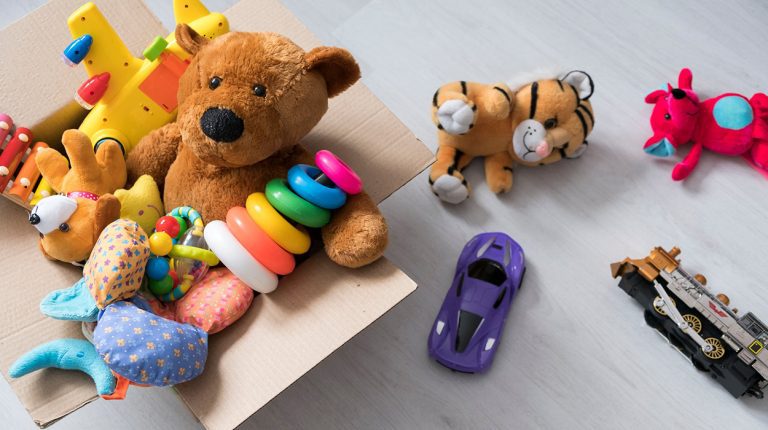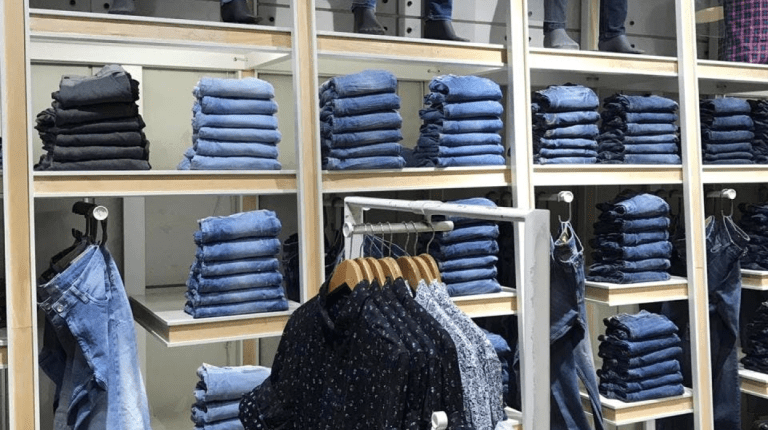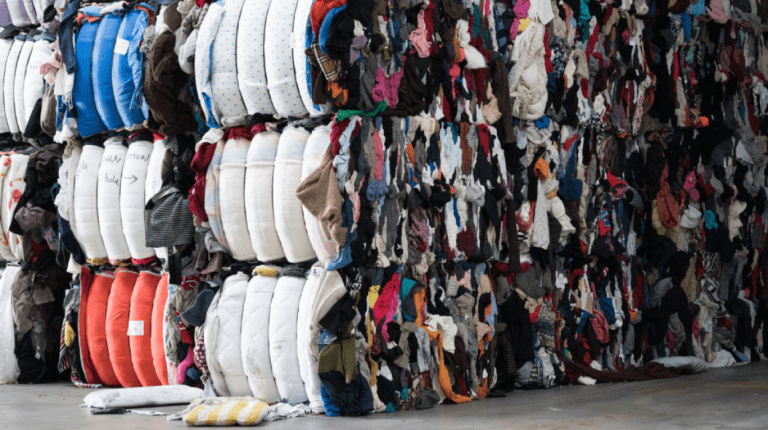The secondhand clothing market has experienced significant growth in recent years, driven by the rise of sustainable fashion movements and the increasing popularity of vintage styles. Thriving in this ever-expanding industry requires creativity, resourcefulness, and a keen understanding of consumer preferences.
In this blog post, we will explore essential tips for success in the secondhand clothing market, whether you’re a seasoned seller or just starting out.
Master the Secondhand Clothing Market With Your Niche
To stand out in the competitive secondhand clothing market, it’s crucial to identify your niche. Determine what types of clothing and accessories you want to specialize in, such as vintage, designer, or sustainable fashion. Understanding your target audience will help you curate a collection that appeals to their specific tastes and needs.
Build A Strong Brand Identity
A strong brand identity sets you apart from competitors and helps establish trust with your customers. Create a memorable brand name, logo, and tagline that reflect your unique selling proposition. Consistent branding across your website, social media channels, and physical store (if applicable) will create a cohesive customer experience that fosters loyalty.
Establish Reliable Suppliers
The quality of your inventory is a critical factor in your success. Develop relationships with reliable suppliers, such as thrift stores, estate sales, and clothing donation centres, to source quality secondhand items. Keep an eye out for unique, sought-after pieces that will attract customers and set your store apart from others.
Authenticating Matters for Fair Pricing
As a secondhand clothing seller, it’s essential to develop your expertise in authenticating and pricing items. Familiarize yourself with the materials, construction, and labels of various brands and eras to ensure you’re selling genuine pieces. Research market prices for similar items to price your inventory competitively and fairly.
Show Your Best
Presentation is key when selling secondhand clothing. Invest time and effort into photographing your items professionally, showcasing them in flattering lighting and on appropriate models or mannequins. Create eye-catching displays in your physical store or online shop, making it easy for customers to browse and discover new pieces.
Build Loyalty With Customer Service
Outstanding customer service is essential in building a loyal customer base. Be responsive to inquiries, provide detailed product information, and offer hassle-free returns or exchanges. Personalize your interactions with customers to show that you value their business and foster long-term relationships.
Expand Your Reach With Social Media
Leverage the power of social media and online resale platforms to reach a wider audience and increase sales. Establish a presence on popular platforms like Instagram, Facebook, and Pinterest, sharing engaging content that showcases your inventory and connects with your target audience. Consider selling on established resale platforms like eBay, Depop, or Poshmark to tap into their existing user base and expand your reach.
Follow The Current Fashion Trends
Keeping up with current fashion trends and popular styles is crucial in the secondhand clothing market. Stay informed about the latest runway shows, designer collaborations, and influential fashion bloggers to identify potential trends and source inventory that aligns with consumer demand.
Build Connections In The Industry
Networking with fellow secondhand clothing sellers, fashion influencers, and industry professionals can provide valuable insights, resources, and connections. Attend industry events, join online forums, and engage with peers on social media to stay informed and build a supportive community.
Capitalize on Eco-Friendly Appeal
With the rise of sustainable fashion movements, more consumers are seeking eco-friendly options. Emphasize the sustainability aspect of secondhand clothing in your marketing efforts, highlighting the environmental benefits of purchasing pre-owned items. Educate customers about the impact of fast fashion and the importance of supporting
In Summary
Mastering the secondhand clothing market requires careful consideration of your niche, building a strong brand, sourcing quality inventory, and delivering exceptional customer service. Leveraging social media, staying up-to-date with fashion trends, and networking within the industry are vital for success. By promoting sustainability and emphasizing the environmental benefits, you can position your business as a leader in the secondhand clothing market and cater to the growing demand for eco-friendly fashion choices.











